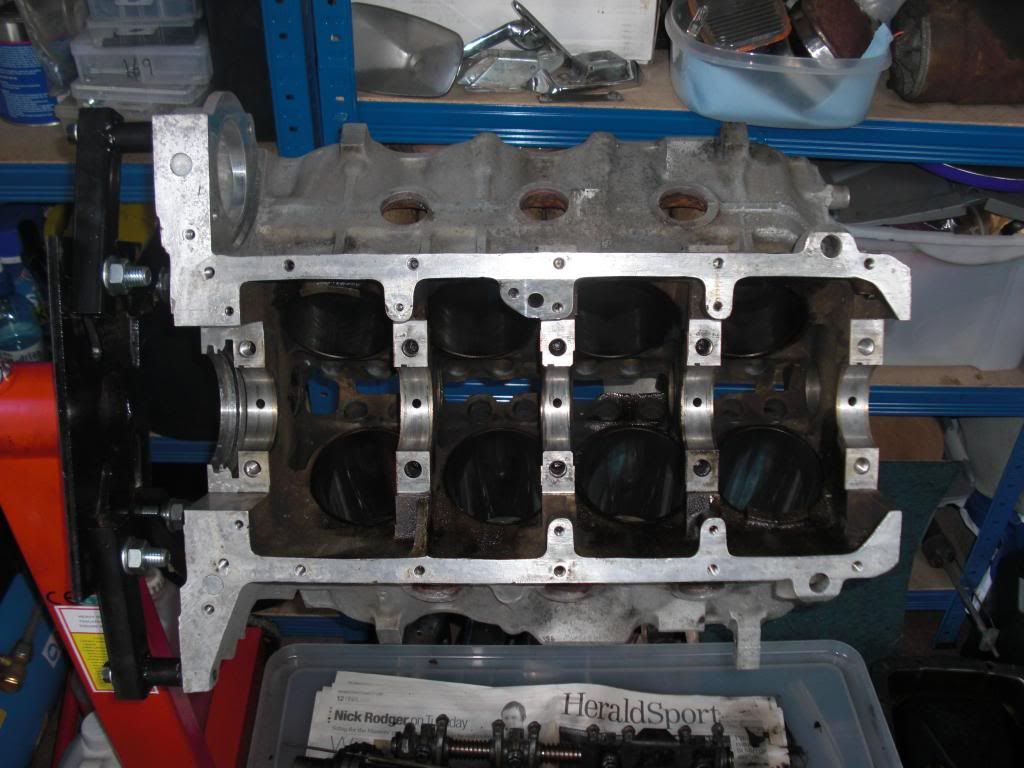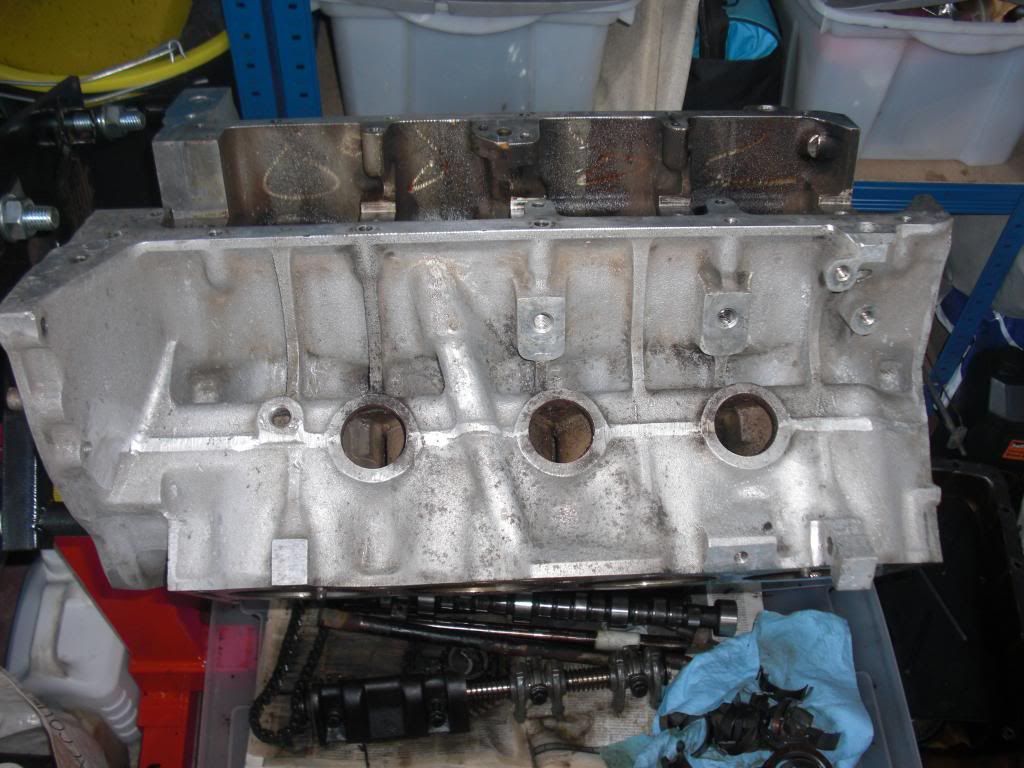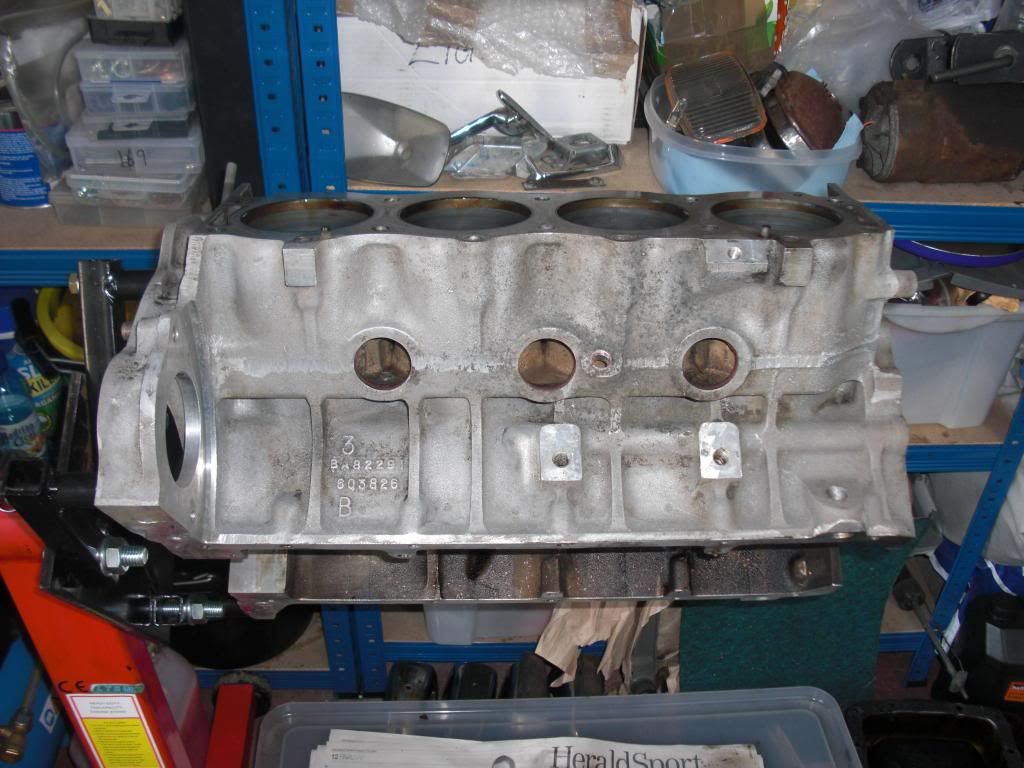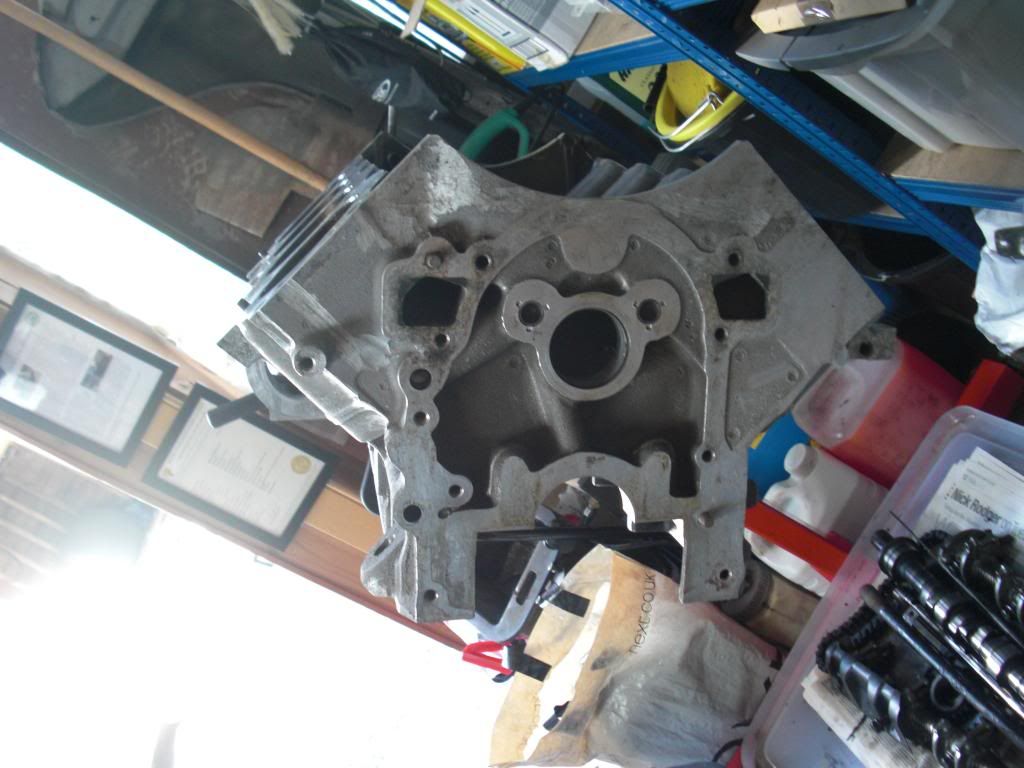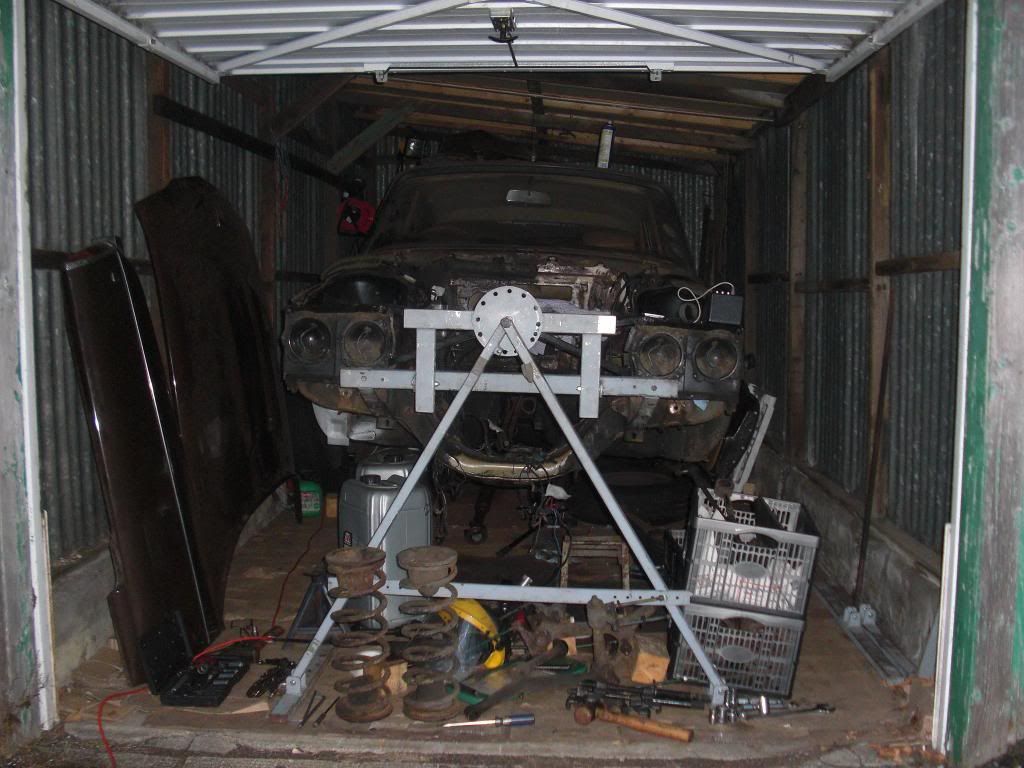Hi Dave, if you do decide on ARP Main Studs, be aware that because they are specified to be torqued to 80ft/lb compared to the bolts (50-55ft/lb) then you will have to have the Main Tunnel align bored, and you will have to give the ARP studs to your engine reconditioner so they can fit them and torque them to 80ft/lbs and do the machining of the main bearing tunnel, otherwise if you fit then without without the machining and torque them to 80 you will be distorting the caps with the extra torque and hence distort the shells leading to shell/crank damage. I had mine done this way (as I fitted ARP Studs; AR124-5401) and my engine chap (a very proffessional mob) actually scribed the new torque setting onto the bottom of the block for reference if any one comes across the block in the future with the studs fitted. It does make for extra cost having the machining done as well as buying the studs but this is what needs to be done.
Regards,
Scott



